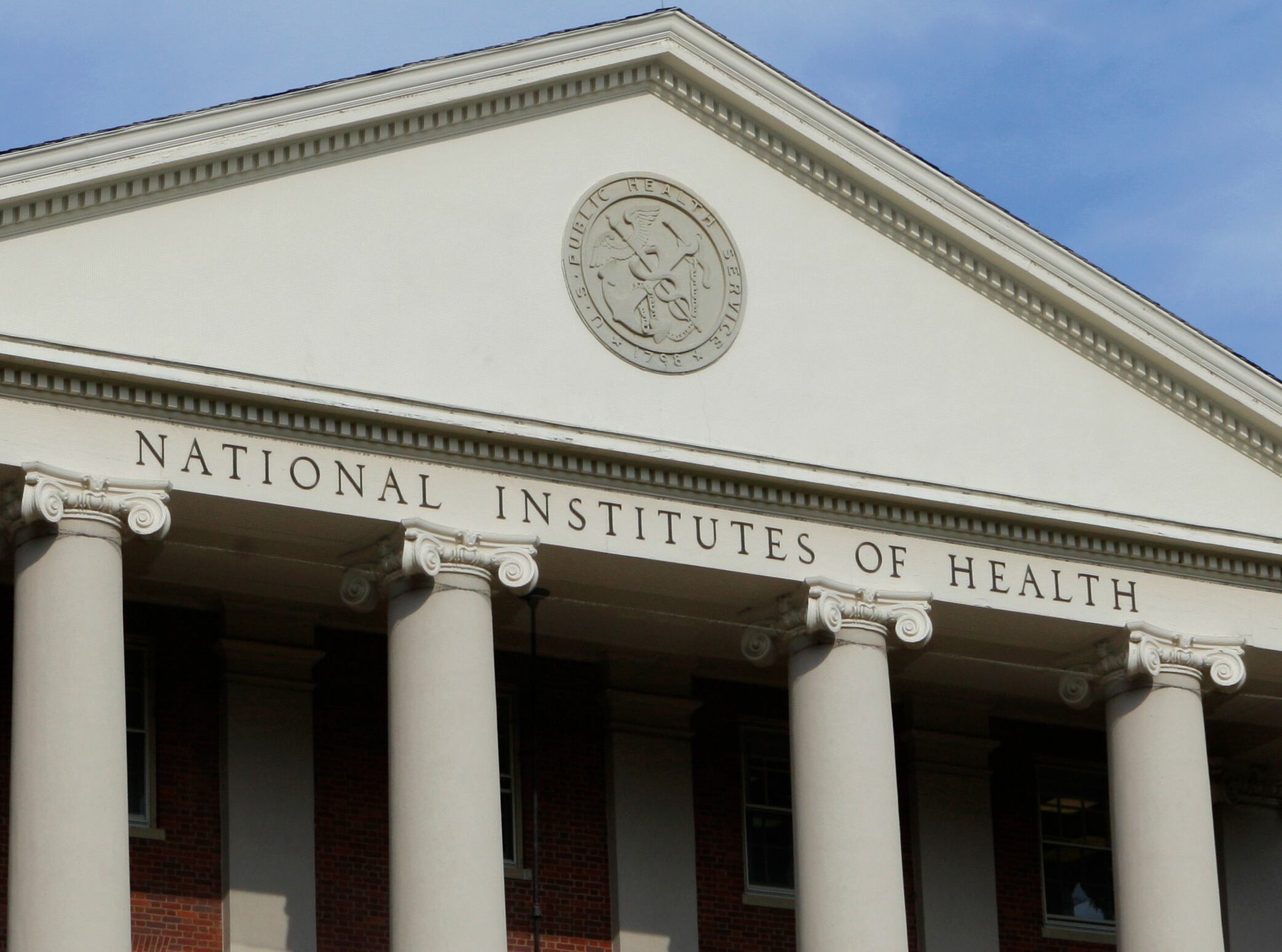
The National Institutes of Health (NIH) revealed plans Friday to dramatically reduce funding for indirect research costs at universities and medical centers across the United States, a decision that has sent shockwaves through the scientific community.
The agency will slash its support for indirect costs—which cover administrative, facility, and operational expenses—from an average of 27% to just 15% of research grant amounts. This change affects both new and existing grants starting Monday.
The cuts could save the federal government approximately $4 billion annually, according to NIH data. During the 2023 fiscal year, the agency spent $35 billion on research grants, with $9 billion allocated to indirect costs.
For leading research universities, which typically receive over 50% in indirect cost coverage, this reduction represents a devastating financial blow. These funds support essential infrastructure and operations that enable scientific research, including laboratory maintenance, utilities, and security.
"A 15% indirect cost would just grind our scientific complex to a halt," said Davey Smith, an infectious disease expert at the University of California, San Diego. Many researchers express concern that the sudden change will severely impact their ability to conduct research effectively.
The NIH justified the decision by citing its responsibility to manage taxpayer dollars efficiently. "Indirect costs are, by their very nature, 'not readily assignable to the cost objectives specifically benefitted' and are therefore difficult for NIH to oversee," the agency stated in its announcement.
The abrupt policy shift has sparked confusion and outrage throughout academia, with many questioning how research institutions will maintain their facilities and administrative support with such drastically reduced funding. The change threatens to disrupt ongoing research projects and potentially reshape the landscape of American biomedical research.
This development marks one of the most substantial changes to research funding policy in recent years, with potential long-term implications for scientific progress and medical breakthroughs in the United States.